Beverages in the hospitality industry: Coca-Cola remains king of a strategic market
- Amaury Marescaux
- Jul 2
- 3 min read
What are the most popular drinks ordered in Belgian cafes and restaurants? Behind Coca-Cola's unchallenged reign, a well-established hierarchy is emerging in the beverage industry. Between margins, seasonality, and distribution strategy, the figures are illuminating.

In a Belgian hospitality sector that is both central to the local economy and fragile in terms of profitability, beverages represent a significant strategic lever. According to an analysis by Gondola Foodservice, they not only increase average order value, but also generate valuable additional margins in a context where many establishments operate on precarious financial balances.
Ultra-dominant Coca-Cola
Belgians are known for their "bon vivants," and this is reflected in their consumption in the hospitality industry. Alcoholic beverages clearly dominate consumption in the country's cafes, hotels, and restaurants. They represent 39.4% of the market, followed by soft drinks at 17.9%. Hot drinks represent 17% of the market, spirits 12.1%, while water represents only 9.7% of the market share. This figure is very low, especially since the majority of restaurants do not yet offer water in carafes.
Within this hierarchy, Coca-Cola stands out clearly. The cola brand accounts for 39% of soft drink sales alone, which equates to nearly 8.9% of the total value of drinks served in the Belgian hospitality industry. Coca-Cola is present in 68% of establishments, making it the most widely distributed beverage. This figure may seem surprising: given the brand's popularity, one might think it occupies almost all hospitality outlets. This therefore leaves it with growth potential, since 32% of establishments do not yet offer it. Unless this is a strategic choice by Coca-Cola, which has opted for a selective presence in the most profitable points of sale.
The category of alcoholic beverages
Beers dominate the alcoholic category with a 20.3% market share in value , ahead of wines ( 19.1% ). Pilsner remains the best-selling beer, but the popularity of strong lagers continues unabated, led by Duvel , which captures 25% of this highly contested market . Jupiler remains the preferred beer in the hospitality industry ( 2.6% of the beverage market ), ahead of Stella Artois ( 1.9% ). For wine , white wine dominates, but little detailed information is available due to the complexity and fragmentation of the market.
Espresso and Iced Tea follow…
The second most-ordered product in the hospitality industry isn't a cold drink, but espresso, which illustrates the importance of these consumption moments. In the soft drinks subcategory, iced teas, dominated by the Lipton Ice Tea and Fuze Tea brands, come in second, but with volumes equivalent to 18% of the market... a third of what the Cola subcategory represents.
With the exception of the Aperol Spritz, few drinks exhibit a true seasonal effect. The Italian cocktail is the best-selling spirit in the hospitality industry, accounting for 24% of sales in the segment. Its consumption quadruples in summer: sales are four times higher than in the winter period. This data reinforces its status as a summer loss leader, which can be capitalized on during the tourist season.
In summary, while underlying trends are leaning toward healthier options, these remain relatively marginal in a market that remains structured around a few essentials. Coca-Cola maintains a very comfortable lead, both in volume and presence, in a world where the ability to generate additional revenue through beverages remains essential to the viability of establishments.




